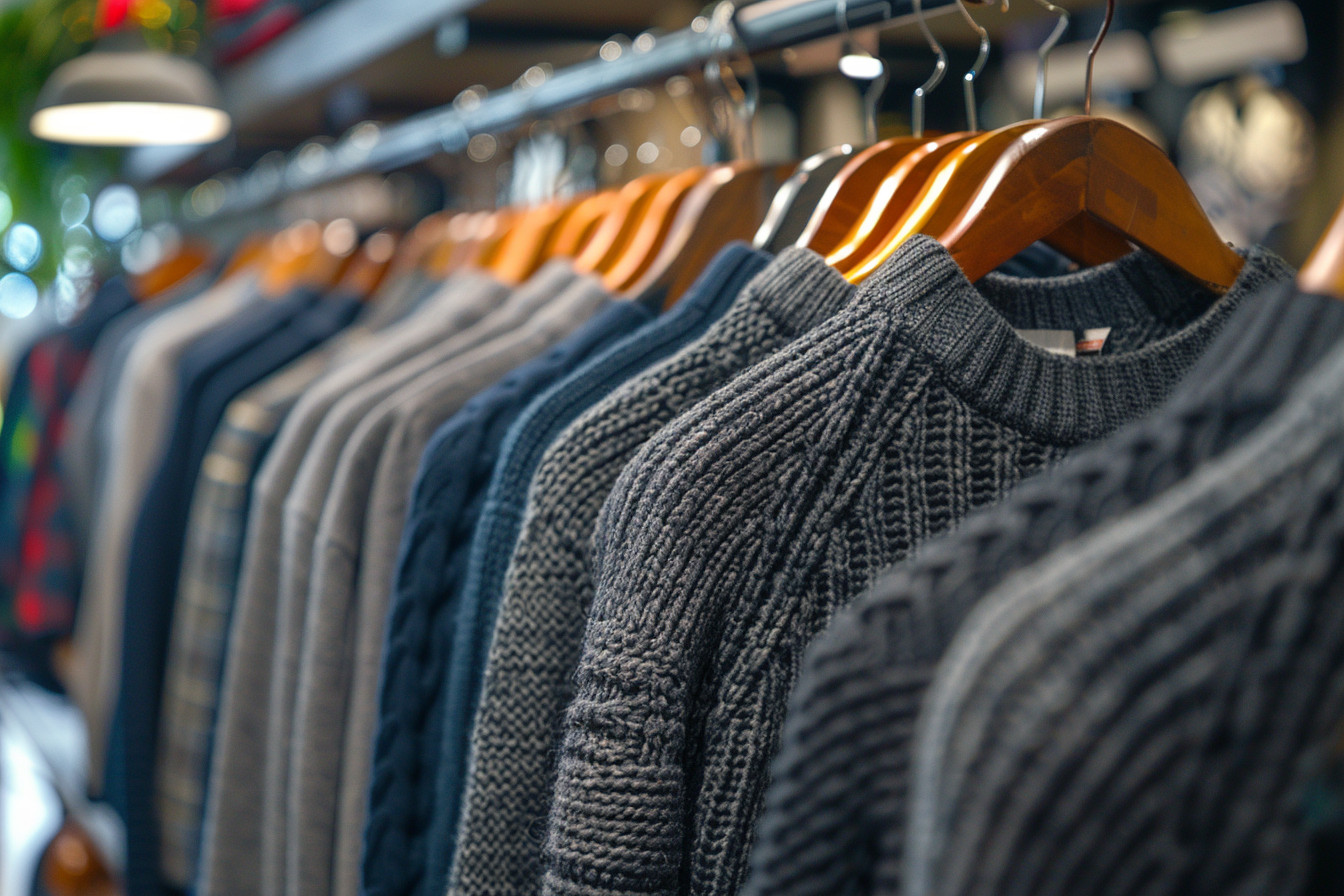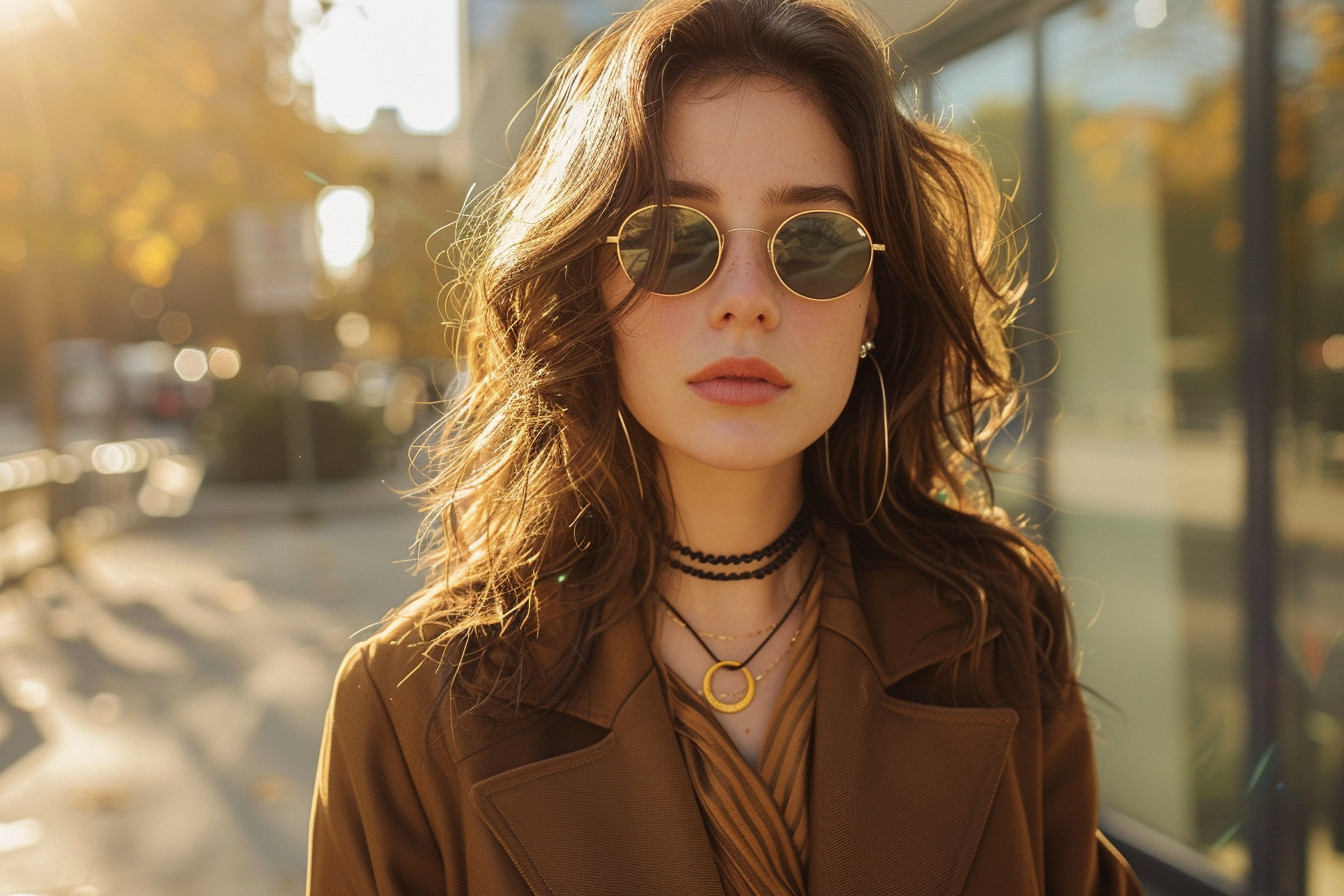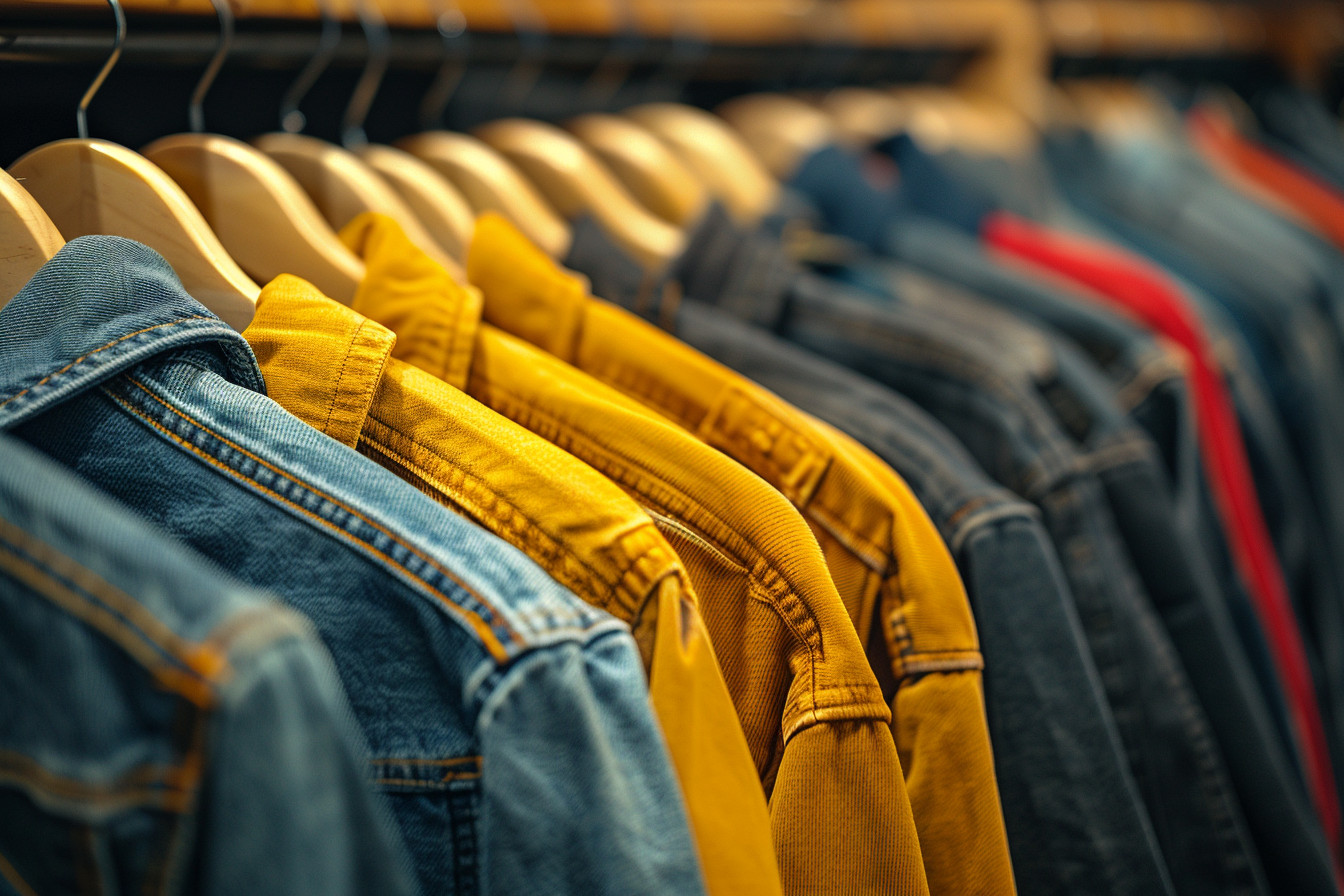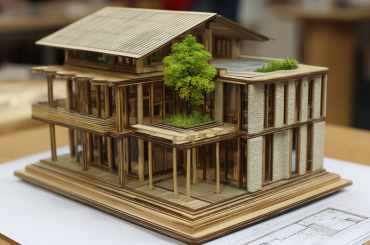Standing in my wardrobe last month, surrounded by clothes I’d bought impulsively and barely worn, I had what can only be described as a fashion crisis of conscience. Here I was, someone who writes passionately about environmental responsibility, yet my closet looked like the aftermath of a fast fashion explosion. Half the garments still had tags on, several items had already started pilling after one wash, and I honestly couldn’t tell you where most of them were made or under what conditions. That moment of horrifying self-awareness launched my deep dive into ethical clothing brands, which has completely transformed how I think about getting dressed.
The journey began with research that frankly made for pretty grim reading. Learning about garment worker conditions, water pollution from textile dyeing, and the carbon footprint of shipping clothes halfway around the world left me feeling simultaneously guilty about my existing wardrobe and paralyzed about future purchases. But gradually, I discovered an entire world of ethical fashion brands that are proving you don’t have to choose between looking good and doing good. These companies demonstrate that responsible clothing production isn’t just possible—it often results in better quality, longer-lasting garments that actually save money over time.
What struck me most about researching ethical clothing companies was how many different approaches exist to responsible fashion. Some brands focus primarily on environmental sustainability through organic materials and low-impact production methods. Others prioritize fair labor practices and transparent supply chains. The most impressive ethical fashion brands manage to excel at both social responsibility and environmental stewardship, proving that ethical business practices and commercial success aren’t mutually exclusive.
Patagonia became my gateway into understanding what ethical fashion brands can achieve when they truly commit to their values. Their use of recycled materials isn’t just marketing—they’ve developed genuine innovations in turning plastic bottles into fleece jackets and fishing nets into shorts. But what really impressed me was their transparency about supply chain challenges and their willingness to admit when they fall short of their own standards. When I contacted them about their labor practices, they sent detailed information about factory conditions and worker welfare programs without any corporate deflection.
The durability factor became apparent immediately once I started investing in pieces from responsible clothing brands. My first purchase was a jacket from a company that uses deadstock fabric and ethical manufacturing processes. Two years later, it still looks essentially new despite regular wear, while cheaper alternatives I’d bought previously had already started showing significant wear after just months of use. The cost per wear calculation completely changes when garments last years rather than seasons.
People Tree opened my eyes to how ethical fashion brands can support traditional crafts while providing fair wages to artisans. Their collaboration with skilled makers in developing countries creates beautiful, unique pieces that you simply can’t find in mainstream retail. Each garment comes with information about who made it and how the production supports local communities. There’s something deeply satisfying about wearing clothes that have positive social impact beyond just covering your body.
The material education I received through researching ethical clothing brands was genuinely fascinating. I learned that hemp is actually an incredibly versatile fiber that improves soil health while requiring minimal water and pesticides. Organic cotton, while better than conventional cotton, still requires significant water usage, making it important to choose pieces you’ll genuinely wear frequently. Tencel and other innovative plant-based fibers offer performance benefits alongside environmental advantages.
Veja demonstrated that even sneakers can be produced ethically without compromising on style or quality. Their use of wild rubber from the Amazon, organic cotton, and transparent pricing shows how ethical fashion companies can build sustainability into every aspect of their business model. My Veja trainers have lasted longer than any previous sneakers while supporting forest preservation and fair trade practices. Plus, they’re genuinely comfortable and look good with everything.
The local and small-scale aspect of many ethical brands clothing creates connections that mass retail never provides. I discovered several UK-based companies producing beautiful pieces in small workshops with full transparency about wages and working conditions. Being able to visit workshops, meet makers, and understand exactly how garments are produced adds meaning to getting dressed that I’d never experienced with anonymous fast fashion purchases.
Reformation proved that ethical clothing brands can be genuinely fashionable rather than just earnest and worthy. Their designs feel current and exciting while maintaining transparent supply chains and environmental standards. The brand’s sustainability reports detail water usage, carbon emissions, and waste production with refreshing honesty about areas needing improvement. It’s possible to feel stylish and responsible simultaneously, which was a revelation for someone who’d assumed ethical fashion meant sacrificing personal style.
The cost consideration initially felt daunting when ethical fashion brands typically charge more than fast fashion alternatives. However, calculating cost per wear rather than upfront price completely changed the economics. A well-made shirt that lasts five years costs less per wearing than cheap alternatives that need replacing annually. Plus, the satisfaction of supporting fair labor practices and environmental responsibility provides value beyond just the garment itself.
Shopping secondhand became an essential component of building an ethical wardrobe. Vintage and consignment shops offer access to quality pieces from various eras while extending garment lifecycles and reducing demand for new production. I’ve found incredible designer pieces at fraction of original prices while supporting the circular economy principles that many ethical clothing companies promote.
The wardrobe curation process transformed from mindless accumulation to thoughtful selection. Instead of buying impulsively, I now research brands thoroughly, consider how pieces will integrate with existing garments, and prioritize quality over quantity. My closet contains fewer items but everything gets worn regularly, and I genuinely love each piece rather than feeling overwhelmed by choices I don’t actually want to wear.
Care and maintenance became much more important once I started investing in quality pieces from responsible fashion brands. Learning proper washing techniques, storage methods, and basic repairs extends garment life significantly while maintaining appearance. The investment in good clothes motivates taking better care of them, creating a positive cycle of appreciation and longevity.
The social connections developed through supporting ethical fashion brands include discovering local makers, joining online communities focused on sustainable fashion, and having conversations about consumption patterns with friends. Sustainable fashion isn’t just about individual choices—it’s about building communities around shared values and supporting systemic change in how clothes are made and sold.
Seasonal considerations became more meaningful when working with ethical clothing companies that often produce in smaller batches aligned with actual seasons rather than the artificial fashion calendar of fast retail. This approach encourages wearing clothes appropriate for weather while appreciating seasonal transitions rather than constantly seeking newness regardless of practical needs.
The research process for finding most ethical clothing brands involves investigating supply chain transparency, labor certifications, environmental impact assessments, and community feedback from other conscious consumers. Websites like Fashion Revolution and Good On You provide ratings and information that help navigate the landscape of companies claiming ethical practices versus those genuinely committed to social and environmental responsibility.
Building relationships with specific ethical fashion brands rather than shopping randomly across multiple retailers creates better customer service, size consistency, and understanding of fit preferences. Many responsible clothing brands offer repair services, take-back programs, and customer communities that extend the relationship beyond single transactions toward ongoing partnerships in sustainable consumption.
The variety available among top ethical clothing brands covers every possible style preference and practical need. Whether seeking professional workwear, athletic clothing, formal occasionwear, or casual everyday pieces, ethical alternatives exist that meet both aesthetic and performance requirements while maintaining social and environmental standards.
Quality assessment skills developed through experience with ethical clothing companies include recognizing good construction techniques, understanding fabric properties, and identifying pieces likely to age well versus those that might disappoint over time. These skills prevent disappointing purchases while maximizing satisfaction with investment pieces.
The psychological shift from quantity-focused to quality-focused consumption reduced decision fatigue while increasing satisfaction with clothing choices. Having fewer, better pieces that genuinely reflect personal style and values creates more confidence and enjoyment in getting dressed daily compared to confronting overwhelming options of mediocre quality.
Looking back on eighteen months of systematically building an ethical wardrobe, the transformation extends far beyond just clothing choices. My relationship with consumption has become more intentional and satisfying. Supporting businesses aligned with my values provides ongoing satisfaction beyond just wearing the clothes. The quality of my daily experience improved through wearing pieces I genuinely love rather than settling for acceptable alternatives.
The ripple effects continue expanding as friends and family ask about brands and approaches to ethical fashion. Sharing information about responsible clothing brands creates conversations about consumption patterns, labor rights, and environmental impact that extend awareness beyond individual purchasing decisions. What started as personal guilt about fast fashion has become genuine enthusiasm for supporting positive change in how clothes are made and sold.
Current ethical wardrobe represents careful curation over impulse buying, quality over quantity, and values alignment over price optimization. Every piece serves multiple purposes, coordinates with other garments, and reflects genuine personal style rather than following temporary trends. The closet feels purposeful and satisfying rather than chaotic and guilt-inducing.
My journey proves that building an ethical wardrobe doesn’t require perfection or massive upfront investment—it requires patience, research, and gradual transition toward better choices. Starting with versatile basics from sustainable fashion brands and building slowly creates lasting change without financial strain or style sacrifices. Each ethical purchase demonstrates that individual choices can support systemic change while improving personal satisfaction with clothing choices.
The future of ethical fashion brands looks increasingly promising as consumer awareness grows and innovative companies prove that social responsibility and commercial success work together beautifully. What started as a crisis of conscience about my overflowing wardrobe has become genuine excitement about supporting businesses that treat people and planet with respect while creating beautiful, functional clothing that brings daily joy rather than guilt.







